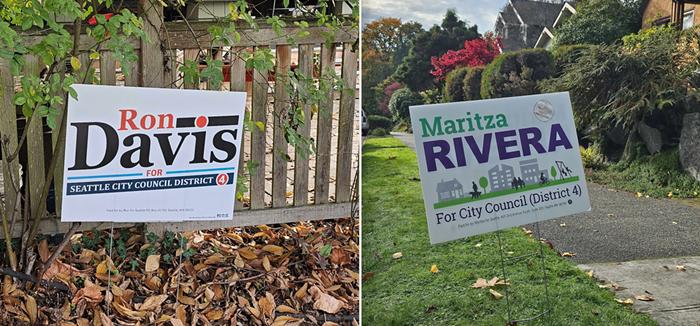What do consumers know about the pot they are smoking? When people acquire medical cannabis products these days, the answer is usually very little. But with the advent of legal pot for recreational purposes, that is set to change. Under Initiative 502, the state liquor board must create rules for pot-product labeling by this December.
Mark Kleiman, the state's lead cannabis consultant, says, "One possible advantage of legalization is that people can know more accurately what they're consuming. I think there might be some way to do that."
What exactly should be on those labels, Kleiman is uncertain. He recently blogged about how pot products might be labeled, and he invited feedback. Suggestions from readers included an expiration date or harvest date, a graphical potency chart (represented by ice cream containers), and tips on properly storing pot for maximum shelf life.
I asked medical pot purveyor Mike Lick from Urban Roots, who suggested listing THC concentration in milligrams rather than percentage. "If it's 20 percent THC, that means per gram it's 200 milligrams of THC."
Whatever the liquor board ultimately decides, the label is certain to contain these five elements mandated by I-502: (1) Business name and business license number of the grower, (2) the lot number—or bud batch—the product came from, (3) THC concentration, (4) science-based health and safety information, and (5) the phrase "Warning—may be habit forming."
But simply listing THC concentration may not be that helpful. The alcohol we drink is composed of a single molecule, while pot contains at least 85 known cannabinoids. These compounds cause THC to act differently with each person's unique body chemistry. "Of course, not all consumers are the same, both in terms of their reaction to the chemicals and how much they already know [about cannabis]," says Kleiman.
One respondent to Kleiman's crowdsourcing request suggested that listing THC concentration on the label may lead some consumers to automatically reach for the most potent pot on the shelf, a concern Kleiman shares. "The risk that you just put the numbers on the label and people look for the higher number is a big one." ![]()



















